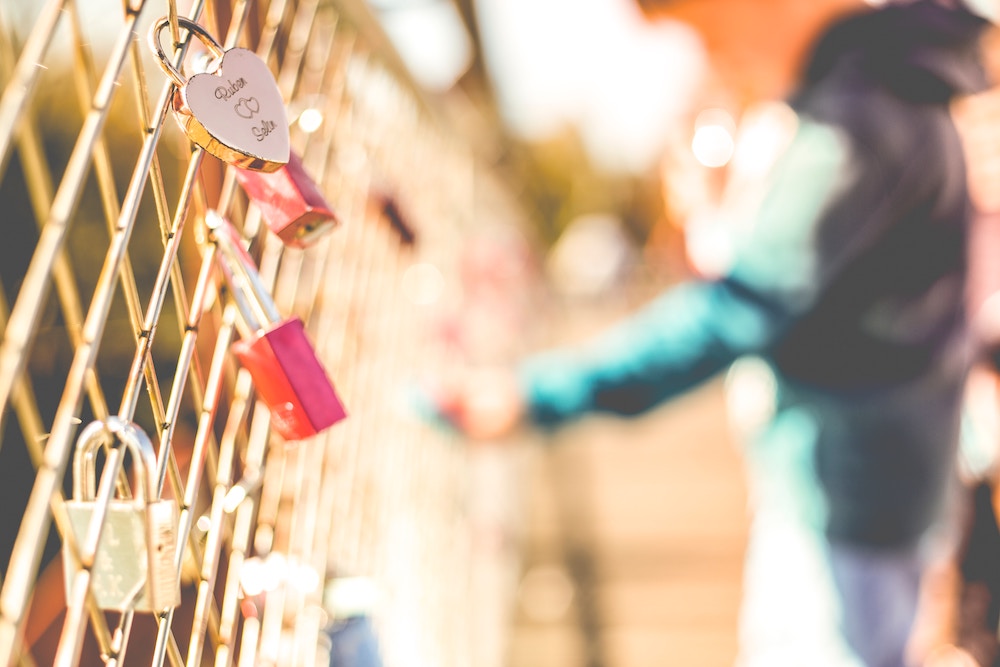Attachment Theory and Romantic Relationships
Do you know your attachment style?
Pioneered by psychologist John Bowlby in the 1950s, the field of attachment proposes that each of us behaves in relationships in one of the following ways:
- Anxious people are often preoccupied with their relationships and tend to worry about their partner’s ability to love them back.
- Avoidant people equate intimacy with a loss of independence and constantly try to minimize closeness.
- Disorganized people have unpredictable behavior and alternate between being aloof and independent and being clingy and emotional.
- Secure people feel comfortable with intimacy and are usually warm and loving.
These develop from our early interactions with our caregivers. If a child can consistently rely on their parents to fulfill their needs growing up, they’re likely to develop a secure attachment style. They’ll see relationships as a safe space where they can express their emotions.

The book Attached by Amir Levine and Rachel Heller investigates how attachment theory can help us understand ourselves, our partners, and navigate our adult romantic relationships.
They note, “Attachment principles teach us that most people are only as needy as their unmet needs. When their emotional needs are met, and the earlier the better, they usually turn their attention outward. This is sometimes referred to in attachment literature as the “dependency paradox”: The more effectively dependent people are on one another, the more independent and daring they become.”
It’s helpful to know what your needs are and seek relationships that will fulfill those needs and make you feel safe and satisfied.
The authors add, “Mismatched attachment styles can lead to a great deal of unhappiness in marriage, even for people who love each other greatly. If you are in such a relationship, don’t feel guilty for feeling incomplete or unsatisfied. After all, your most basic needs often go unmet, and love alone isn’t enough to make the relationship work.”
